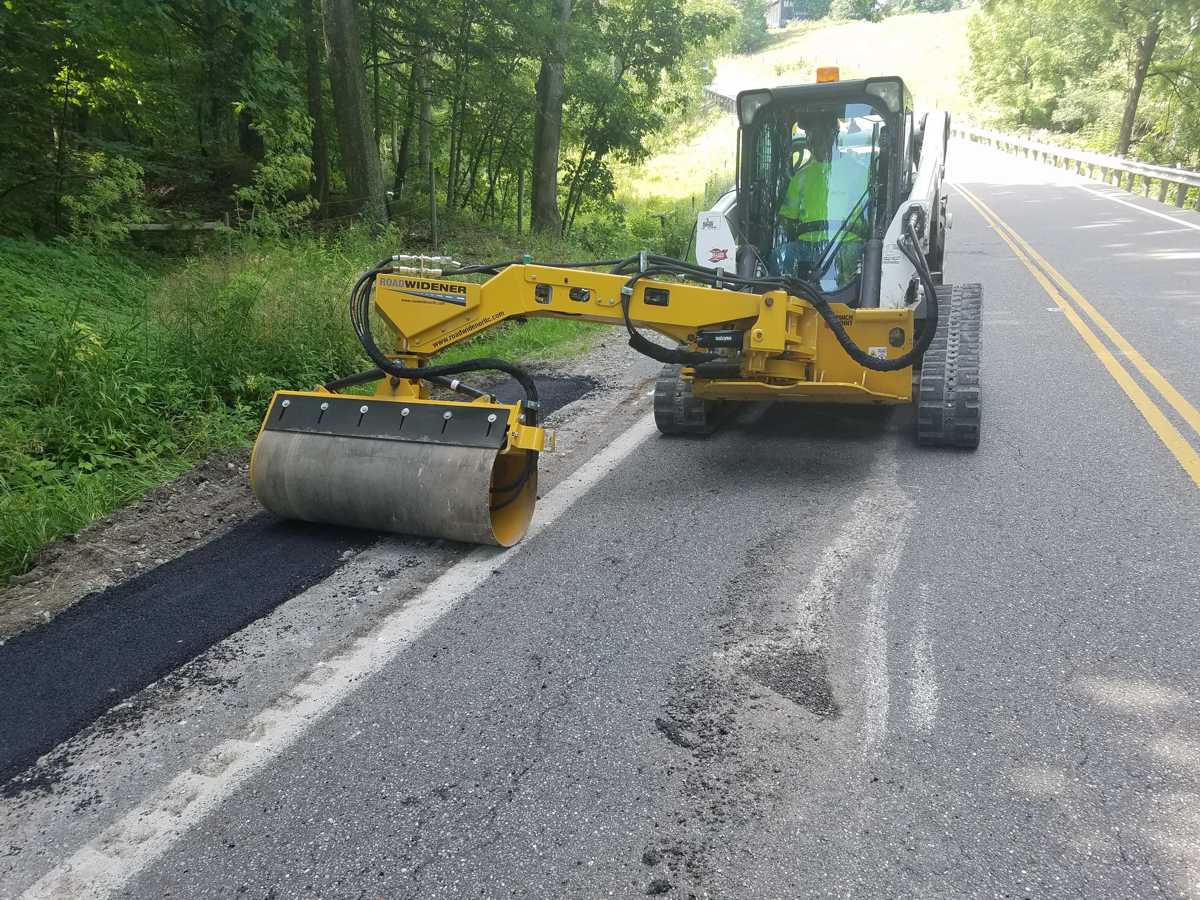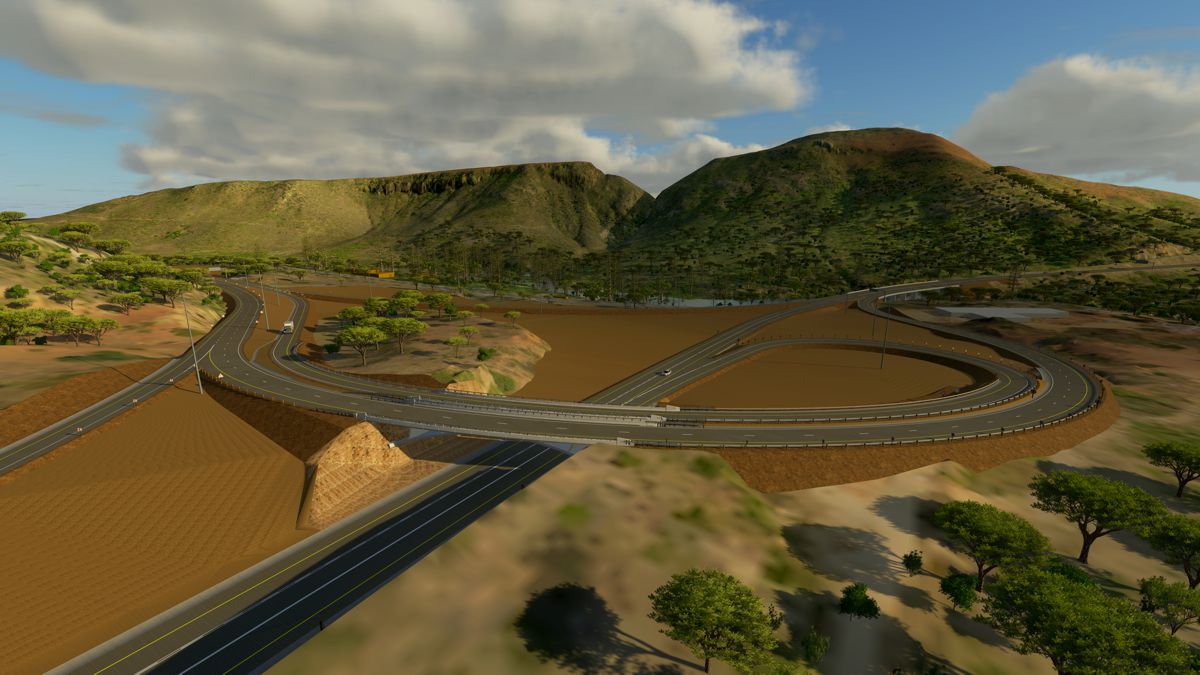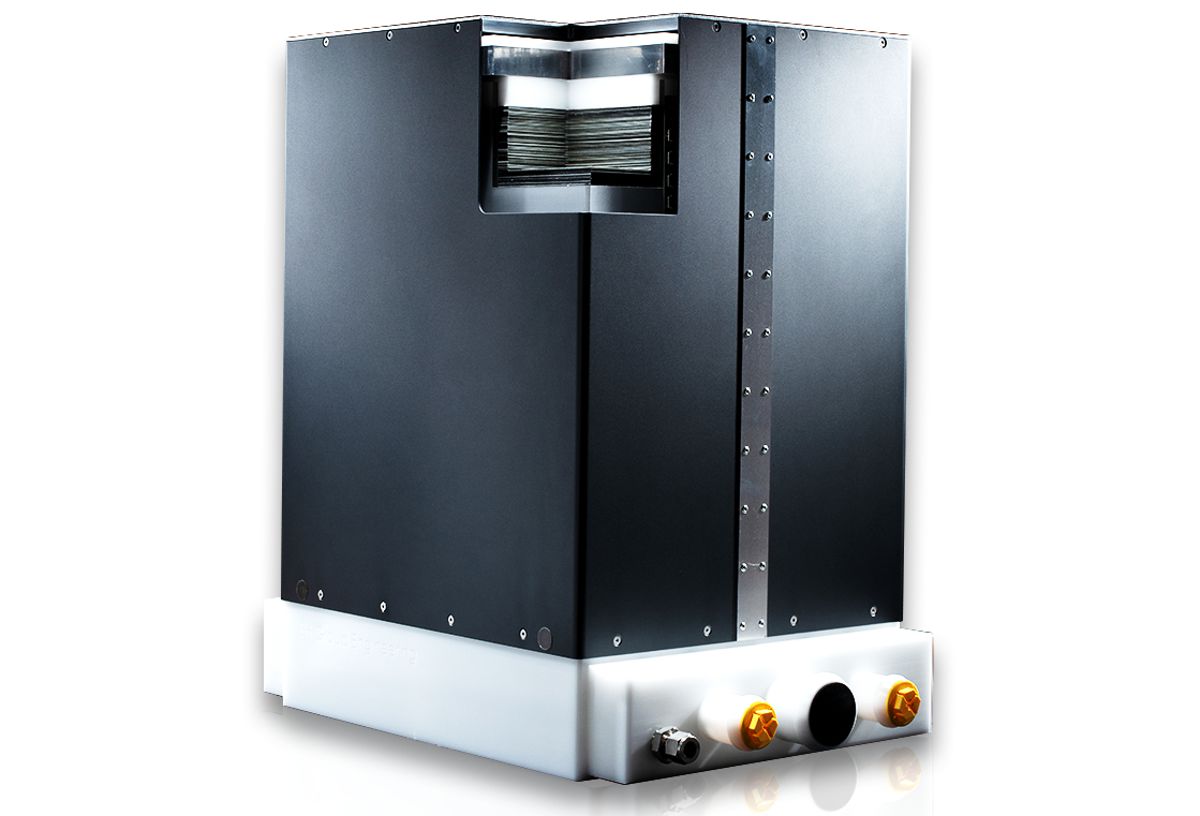Out of the loop with wireless vehicle detection
Delivering an effective traffic management solution whilst minimising the risk to road workers can be a difficult balance to strike. However, Clearview Intelligence is proof of how to bring about successful and practical benefits which satisfy the needs of road users whilst prioritising the welfare of roadworkers using wireless vehicle detection.
For years, inductive loops have been the trusted means of vehicle detection for MIDAS and ramp metering as well as traffic junctions. But wireless vehicle detection using magnetometers instead of wires can provide a more cost effective and reliable alternative which is faster and safer to install with reduced maintenance costs.
Inductive loops detect vehicles through a variation in the inductive field whereas Clearview’s M100 uses 3-axis magnetometer wireless sensors to detect vehicle presence and movement through changes in the earth’s magnetic field. This detection is transmitted via wireless radio communications to an access point where a detection signal is processed and fed into the traffic controller cabinet which outputs contact closure.
Detecting the differences
Unlike installation of inductive loops which requires slot cutting, trenching and ducting, M100 sensors are installed in the centre of a lane and require just one hole to be cored which means installation teams never need have their backs to oncoming traffic. 
Using a coring drill, a hole is cut to a depth of 165mm and 101mm in diameter. A vacuum is then used to clear the hole before a heat gun or propane torch is used to dry the area and remove any moisture.
A base layer of cold pour asphalt and epoxy is applied to the bottom of the hole and the sensor placed on top with the arrow pointing in the direction of traffic flow. The sensor’s location and ID is recorded before the rest of the epoxy is applied to cover the sensor and fill the hole until level with the road surface.
Compared with inductive loops, the M100 installation process is significantly quicker with an installation time of around 15 minutes per sensor, reducing the amount of time workers are exposed to traffic. An additional benefit to the installation teams is that the centre of lane installation point increases the distance between workers and live traffic, compared to inductive loops.
Lane closure and traffic disruption is also minimised and requires no lane closures to cut across motorways and carriageways, unlike inductive loops. M100 sensors are installed independently and can be installed one lane at a time allowing other lanes to remain operational with no need for road closures.
James Turner, Director of Operations for Clearview Intelligence, said: “Installation of the M100s can be up to four times faster than that of inductive loops and as they are installed in the centre of the carriageway, they are less likely to be affected by damage to the road through drainage, potholes and surface damage which typically occurs at the edge of the highway or in the wearing course.
“The M100s have a battery life of up to ten years and due to the depth of installation, the sensors remain in place and functional with most resurfacing works. With far less maintenance, this reduces not only the cost to the client but also the risks associated with road worker exposure.”
Getting to the point
For MIDAS applications, the M100 system is type approved to Highways England specification TR2512A and MCH1529. Using two sensors spaced 4.5m apart, it can recognise the direction and speed of a vehicle, using an ultra-low power, highly secure two-way communications protocol to transmit the information to an M110 access point.
The access point can be installed on existing street furniture such as lampposts or traffic signals and can read sensor signals up to a distance of 35m.
For longer stretches of road an M115 repeater can be used to extend the communication range between the sensors and an access point. Powered by a replaceable battery with a 7-year life, repeaters can receive sensor information within a 35m range and transmit a detection signal to an access point up to 200m away.
Detection information is received by an M110 access point and sent to an interface card which feeds the data into the traffic controller.
To date, the sensors have been used to provide a variety of successful solutions for clients including AMEY, who used the M100s and M115 repeaters for MOVA Traffic Signal Detection on the busy Erskine Bridge in Scotland.
The sensors were used in conjunction with traffic signals operating MOVA with additional north-bound queue detection to provide a ‘hurry call’ to the traffic signal controller and offer an extended green phase to reduce queues back onto the bridge. The M100s were also used to provide a further output to trigger a ‘Queue Ahead’ warning message on a VMS sign provided by Coeval.
James added: “The M100 is suitable for a range of applications including traffic signal control systems such as MOVA and SCOOT and for vehicle detection in MIDAS applications.
“The sensors replicate the performance and purpose of traditional loop units but are a modern upgrade which offers additional benefits to both the client and the roadworkers. Faster installation, reduced maintenance costs, superior reliability and a longer operational lifespan make the M100 a more cost-effective option.
“For the road workers, reduced exposure to traffic through a more efficient installation process and lack of maintenance ensures their welfare is as much of a priority as delivering an effective traffic solution.”
The M100 now comes with a five-year warranty (previously two years) which covers all components including sensors, access points, repeater units and interface cards.




















